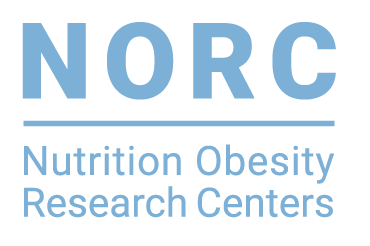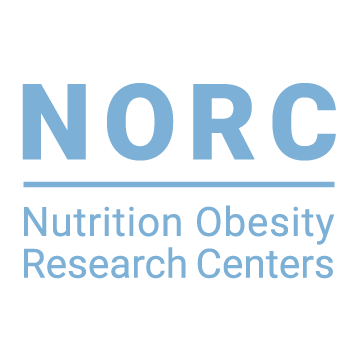Abstract
We previously reported that murine norovirus (MNV), a virus prevalent in United States research institutions, increased atherosclerotic lesion size in Ldlr(-/-) mice when the mice were infected 8 wk after feeding an atherogenic diet. To determine whether the timing of MNV infection relative to atherosclerosis development altered the disease phenotype and to examine potential mechanisms by which MNV influences the disease process, we fed Ldlr(-/-) mice an atherogenic diet for 16 wk. Three days after initiating the atherogenic diet, half of the mice received MNV4 and the other half vehicle only (clarified cell-culture lysate; controls). Both groups of mice developed large aortic sinus lesions (control compared with MNV4: 133 ± 8 × 10³ μm² compared with 140 ± 7 × 10³ μm²) that were not significantly different in size. Because the timing of MNV infection relative to atherosclerosis development and hypercholesterolemia differed between our previous and the current studies, we examined whether hypercholesterolemia altered MNV4-induced changes in bone-marrow-derived macrophages. MNV4 infection increased the potential of macrophages to take up and store cholesterol by increasing CD36 expression while suppressing the ABCA1 transporter. Thus, the effects of MNV4 infection on atherosclerotic lesion size appear to be dependent on the timing of the infection: MNV4 infection promotes only established lesions. This effect may be due to MNV4’s ability to increase cholesterol uptake and decrease efflux by regulating CD36 and ABCA1 protein expression.
Citation
- Paik J, Kwok F, Seamons A, Brabb T, Kim J, Sullivan B, Hsu C, O’Brien KD, Maggio-Price L. Effects of murine norovirus on atherosclerosis in ldlr(-/-) mice depends on the timing of infection. Comp Med. 2015 Apr;65(2):114-22. PMC4408896.
Read More: Comparative Medicine
Research Details
- Research Center: University of Washington

